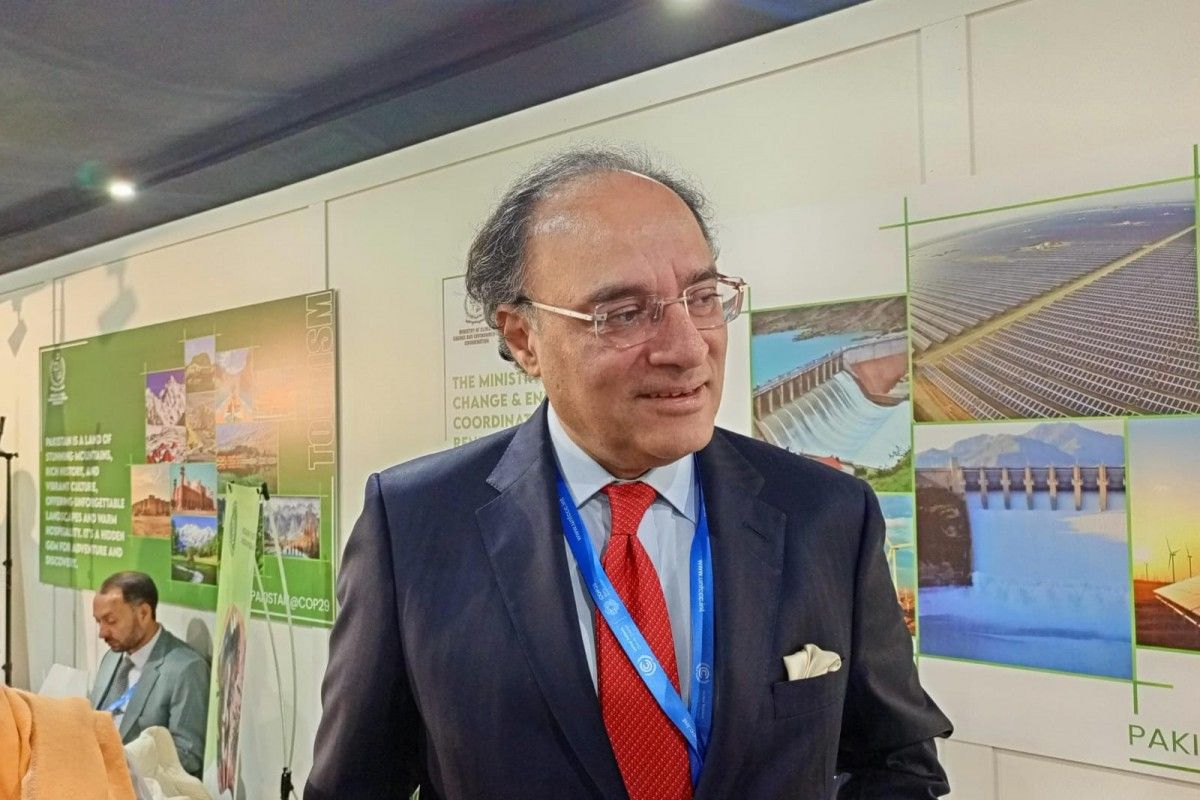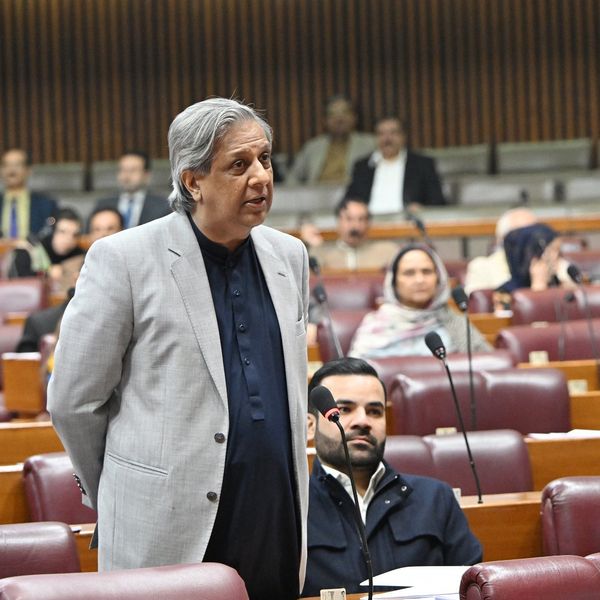Pakistan to launch $200-250 million Panda Bonds to boost finances
These bonds allow foreign issuers to access capital from Chinese investors
Business Desk
The Business Desk tracks economic trends, market movements, and business developments, offering analysis of both local and global financial news.

Pakistan is preparing to launch yuan-denominated bonds, known as panda bonds, this year, Finance Minister Muhammad Aurangzeb said on Monday.
The country aims to raise $200 million to $250 million from Chinese investors over the next six to nine months, Aurangzeb told Bloomberg in an interview.
Panda bonds are debt securities issued by foreign entities in the Chinese capital markets and are denominated in Chinese yuan (RMB).
Last March, Aurangzeb revealed Pakistan's intention to tap Chinese investors by selling up to $300 million in panda bonds.
“These bonds allow foreign issuers, including multinational corporations, international financial institutions, and sovereign governments, to access capital from Chinese investors,” Aurangzeb said.
Speaking on the Sidelines of Asian Financial Forum in Hong Kong, Aurangzeb also confirmed that an International Monetary Fund (IMF) mission is scheduled to visit Pakistan next month.
The IMF wants Pakistan to broaden its tax base and achieve a tax-to-GDP ratio of 13.5%, up from 10% in December.
“We are well on our way to achieving that target, not only because the IMF is saying that but because from my perspective the country needs to get into that benchmark to make our fiscal situation sustainable,” Aurangzeb said.
In September, Pakistan signed a three-year $7 billion aid package deal with the IMF to “cement macroeconomic stability and create conditions for stronger, more inclusive, and resilient growth”.
In July, global rating agency Fitch upgraded Pakistan’s long-term foreign-currency issuer default rating (IDR) to CCC+ from CCC, while Standard and Poor (S&P) maintained its rating of CCC+.
Pakistan has undergone 25 loan programs over half a century, with the IMF insisting on “durable reforms in key areas of the energy sector, tax collection, and state-owned enterprises to end a cycle of indebtedness”.
Aurangzeb also projected that the country’s gross domestic product (GDP) will probably expand 3.5% in the fiscal year ending June.
“We are into that phase of stabilization,” Aurangzeb stated. “Now, where do we go from here? We have to focus on sustainable growth. We are now very focused on fundamentally changing the DNA of the economy to make it export-led.”
The State Bank of Pakistan (SBP), while lowering its key interest rate to 13% in December, cited improved growth prospects and proper management of inflationary and external account pressures. The SBP is set to announce its decision for another rate cut on January 27.










Comments
See what people are discussing